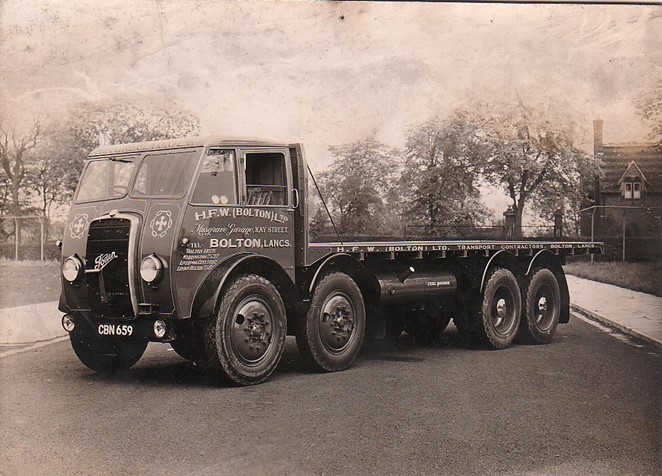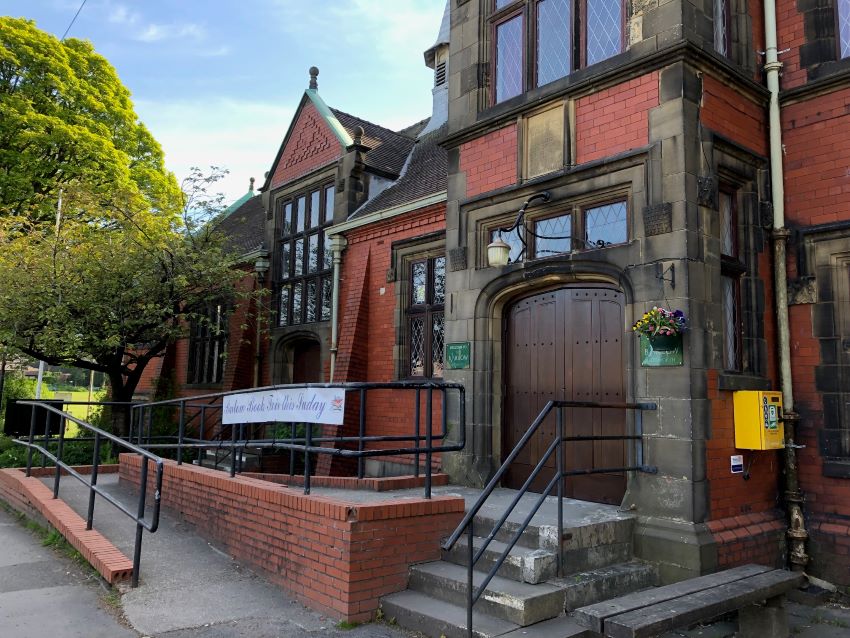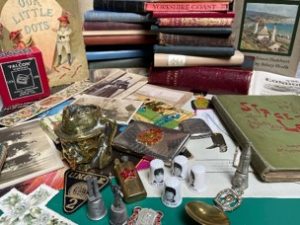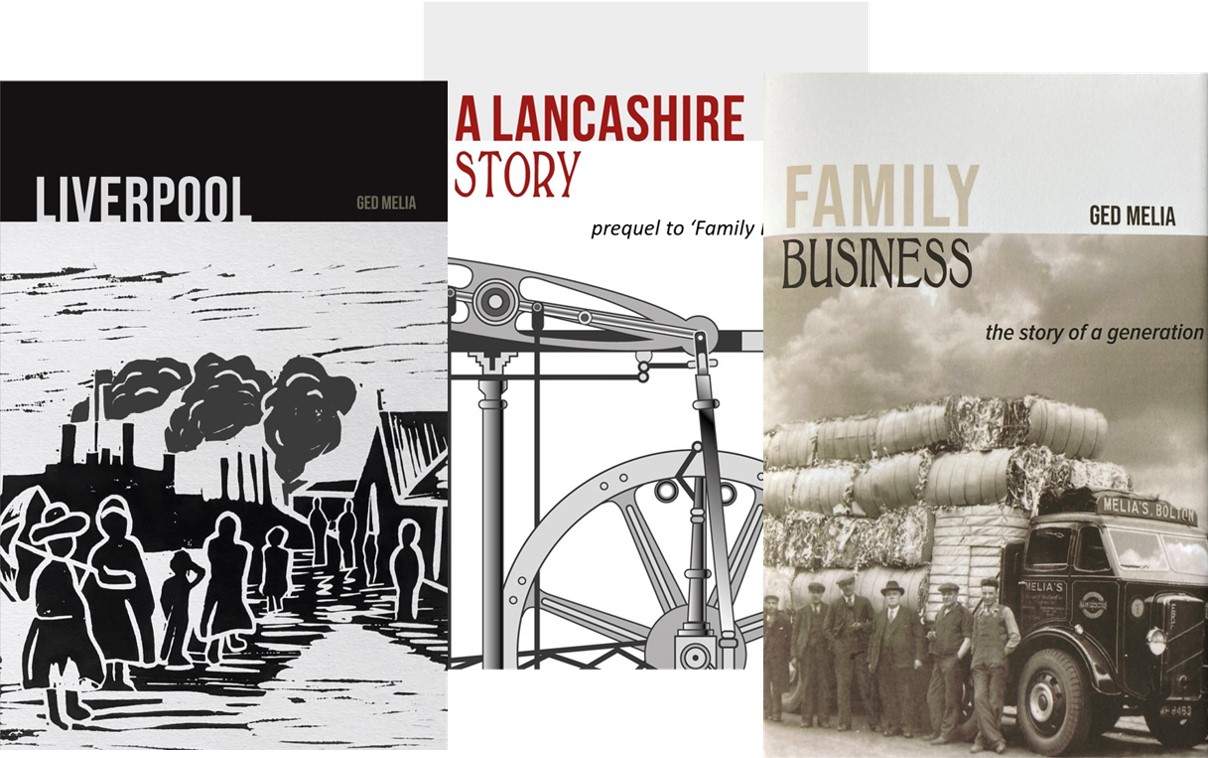The lorries were without a doubt the stars of the business. Motorised road haulage was a still a very young industry in the 1920s and 1930s and this is reflected in the fairly rapid change in the types of vehicle used. Melia’s Transport decided to adopt ERFs as standard after 1935, and later elected to place all other types into a new company, HFW, named after the finance director, Herbert Frederick Ward. They also bought Fodens after WW2, but other vehicles, mostly Leylands, had been acquired through the purchase of smaller businesses.
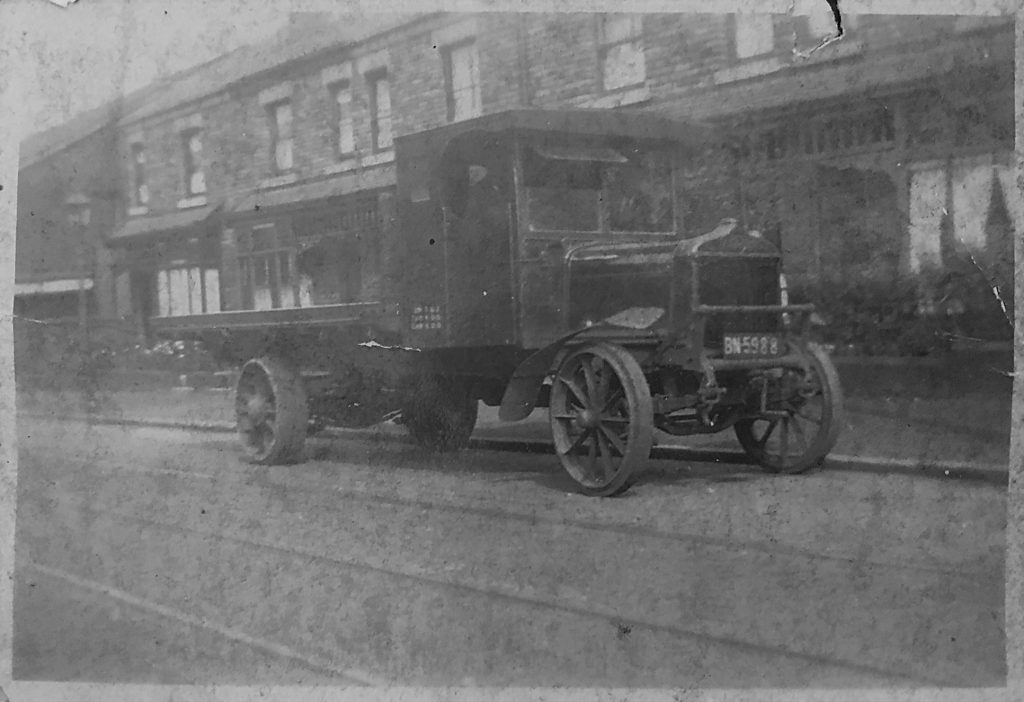
An AEC ‘Y’ type with a Tyler engine parked outside 682 Tonge Moor Road in Bolton, circa 1925. This was the ‘solid tyred horror’ referred to in the book. Although almost impossible to see, Thomas and Edward are actually sitting in the cab.
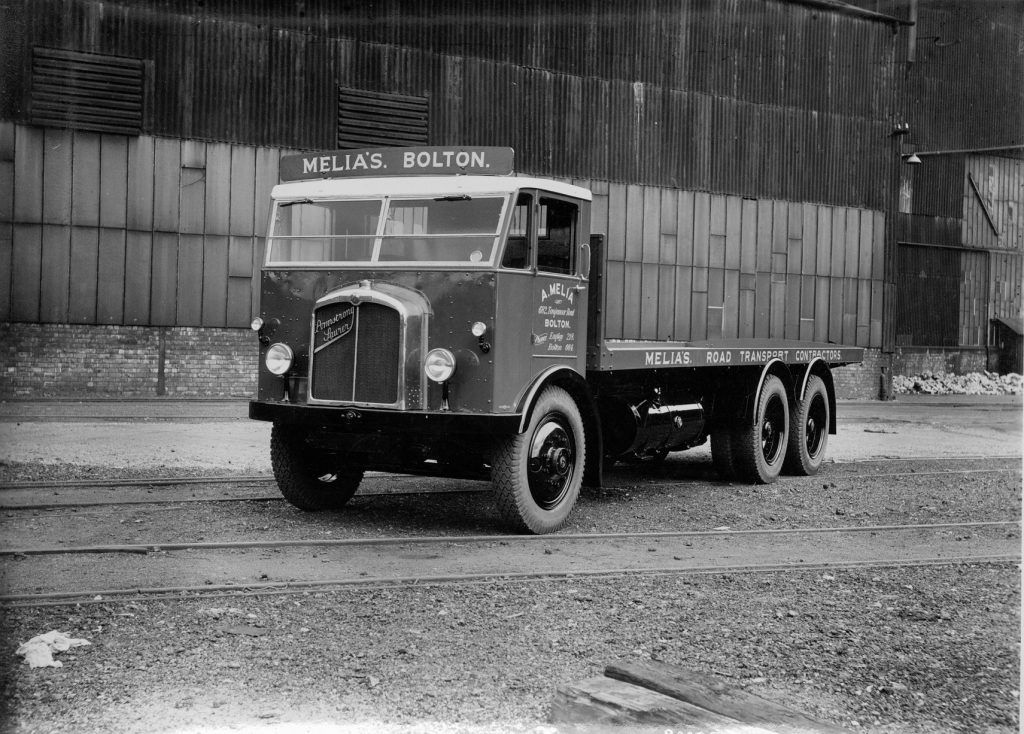
Armstrong-Saurers were produced in Tyneside by Armstrong Whitworth from 1931 until 1937. The company wanted to diversify away from armaments and obtained a licence from a Swiss based operation, Adolph Saurer AG.
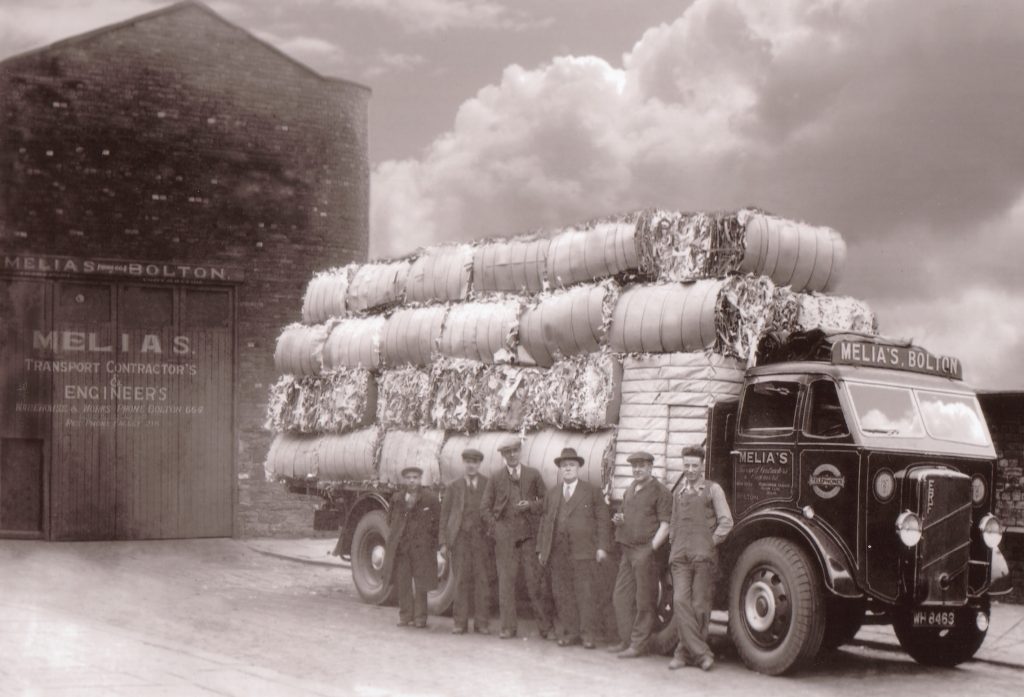
The elderly gentleman in the centre is Austin Melia (Senior). To his right is Thomas Melia and left, Edward Melia. The other people standing are employees.
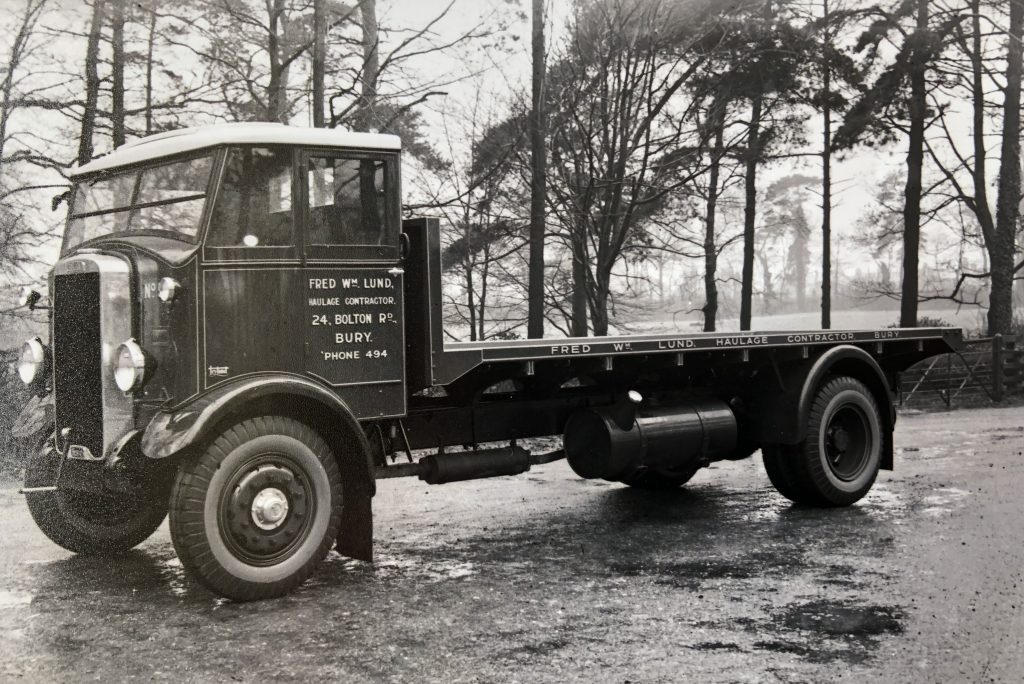
A Leyland Beaver purchased from FW Lund (Bury). Five Leylands of different models, two Dyson trailers and a garage formed part of the acquisition.
The British Commercial Vehicle Museum based in Leyland, Lancashire has examples of this and other models from the period.
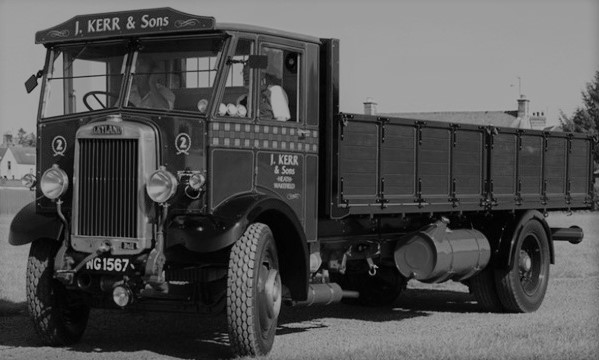
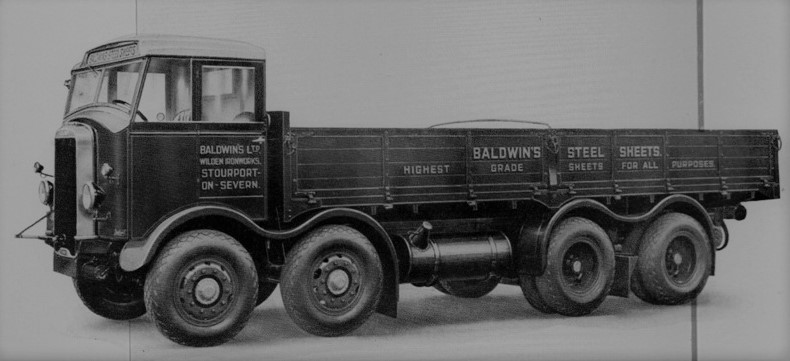
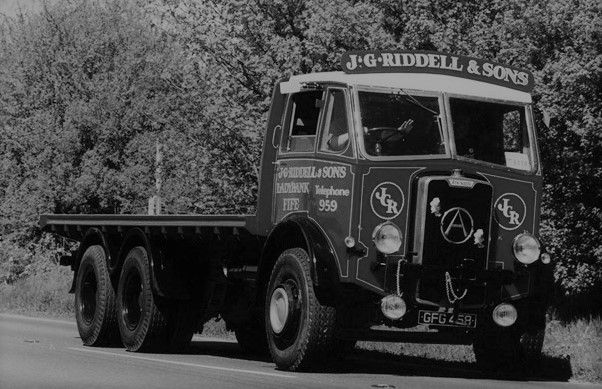
An example of an Atkinson six-wheeler, a type also transferred into Melia’s subsidiary, H.F.W.
